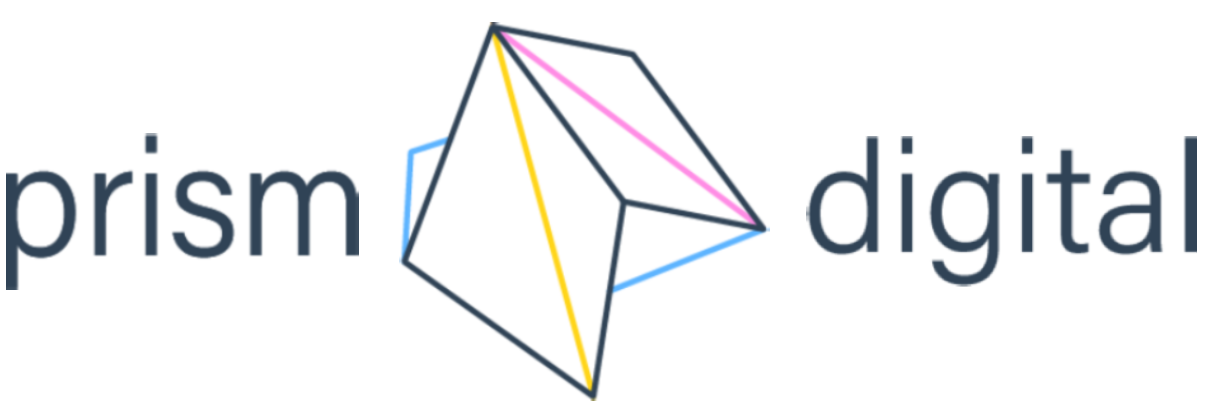People don’t fall in love with products—they fall in love with brands that make them feel something. Especially in tech marketing, where features start to blur together and the race for “best tool” often feels like background noise, emotional connection is your sharpest competitive edge.
So, how do you build a community—not just a customer base—around your tech product? You make people feel seen, involved, and part of something bigger than just another dashboard.
Let’s break it down.
1. Speak to People, Not Personas
A lot of tech marketing still sounds like it was written by someone who’s never actually used the product—or worse, someone trying to impress a VC. It’s all jargon, no juice.
Real community starts with real talk. You’re not selling “intelligent automation platforms for data-driven ecosystems.” You’re helping someone solve a problem that’s slowing them down, stressing them out, or costing them time.
🔍 Example:
Figma didn’t just market “collaborative design tools.” They built a brand that championed creativity and collaboration—then gave designers a space to celebrate their work, share wins, and riff on new ideas together.
Turn Users into Co-Creators
Communities thrive when people feel like they own part of the brand. That starts by giving them room to contribute—and actually valuing what they bring to the table.
This could look like:
- User-led tutorials
- Product roadmap feedback
- AMAs with your dev team
- Meme contests (yes, really)
🎯 Example:
Notion didn’t just release a product—they launched a movement. Their users create templates, record tutorials, and help each other in forums. Notion just gives them the stage.
3. Be Where Your People Already Are
It’s 2025. If your only “community” channel is an email list, we need to talk. Community doesn’t mean building a platform from scratch—it means showing up where your audience already hangs out. Think Reddit threads, Discord servers, niche LinkedIn groups, or even good ol’ YouTube comment sections.
🎧 Example:
Linear, a sleek product-focused issue tracking tool, engages directly with designers and devs on Twitter/X—not with sales pitches, but by joining product conversations, sharing behind-the-scenes insights, and being visibly part of the culture.
And it works. Because they’re not shouting. They’re showing up.
4. Share Stories, Not Just Features
A strong community isn’t built around product specs. It’s built around shared experiences.
So stop obsessing over feature releases and start spotlighting the people using them. What have your users built, solved, or achieved? Where were they before your product—and where are they now?
📢 Example:
Webflow’s “Made in Webflow” community doesn’t just show what the product can do—it showcases what creators can do with the product. From freelancers to indie hackers, the spotlight is always on the people, not the platform.
5. Don’t Just Market—Mentor
Want people to come back to your brand over and over again? Teach them something. Help them grow. This means building resources that help your community thrive, even outside of your product’s immediate value.
📚 Example:
Ahrefs isn’t just an SEO tool. Their blog and YouTube channel are goldmines for marketers, with tutorials, walkthroughs, and brutally honest takes that don’t always sell the tool. And yet? They’ve built a loyal, informed, and trusting community that swears by their product.
6. Keep It Human (Even When You Scale)
You don’t need a huge team to build community—you need consistency, intention, and a little humility.
Be transparent about product updates. Own your mistakes. Reply to comments. Laugh at yourself sometimes. When people see the humans behind the brand, they’ll trust you more—and stick around longer.
💡 Example:
Superhuman, the premium email app, sends handwritten thank-you notes to new users. Is it scalable? Maybe not forever. But it’s memorable—and that’s what builds real loyalty.
Final Thoughts: Community Is the New Funnel
Community isn’t just a marketing tactic—it’s the engine that drives product feedback, organic growth, referrals, and retention. It’s how you turn users into superfans and customers into contributors.So if your tech marketing still revolves around cold feature dumps and automated email drips, it’s time for a rethink.
At Prism, we specialize in marketing for the tech industry—helping brands build real communities that convert. Ready to make your audience care? Let’s build something unforgettable together.
.png?width=200&height=73&name=Logo(1).png)


